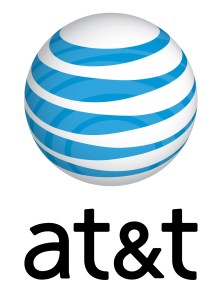 Today marks the beginning of AT&T’s limited monthly data allotments for subscribers to its DSL and U-Verse broadband Internet services. AT&T announced that it would be imposing the data caps last month and becomes the second American telecom company to do so after Comcast launched its own metering policy nearly three years ago.
Today marks the beginning of AT&T’s limited monthly data allotments for subscribers to its DSL and U-Verse broadband Internet services. AT&T announced that it would be imposing the data caps last month and becomes the second American telecom company to do so after Comcast launched its own metering policy nearly three years ago.
Subscribers to AT&T’s DSL service will now face a 150 GB monthly limit and AT&T’s U-Verse customers will be capped at 250 GB per month. Users of both services who exceed their monthly limits three times will be forced to begin paying $10 for every additional 50 GB.
AT&T’s reasoning behind the caps is that it reckons that the average broadband cusomter only uses about 18 GB a month. When AT&T tested data caps in parts of Texas and Nevada, it experimented with caps as low as 20 GB. AT&T decided to abandon low caps after Time Warner was lambasted for imposing similarly low limits.
AT&T has instead opted to go with higher limits that are ostensibly meant to curb so-called “data hogs” or customers who consume a “disproportionate amount of bandwidth.” AT&T says it will alert users as they reach 65, 90 and 100 percent of their monthly allotments. Customers can also check their monthly usage online.
Critics of high-speed Internet caps say that they’re an example of telecom companies trying pad profits by charging more for a service that costs little to provide in an unlimited format (text messaging plans are another often cited example). Some users fear that over time AT&T will impose lower and lower limits while charging more and more for usage. AT&T hasn’t indicated its commitment to its current cap structure. Critics also say that there’s little incentive for AT&T to ensure that its metering tools work effectively and that customers could wind up being charged for data that they didn’t use.
Like it or not, if you’re an AT&T broadband customer who tirelessly streams movies or gorges on torrents files, better keep an eye on your data gauge starting today.


